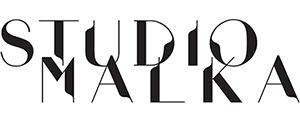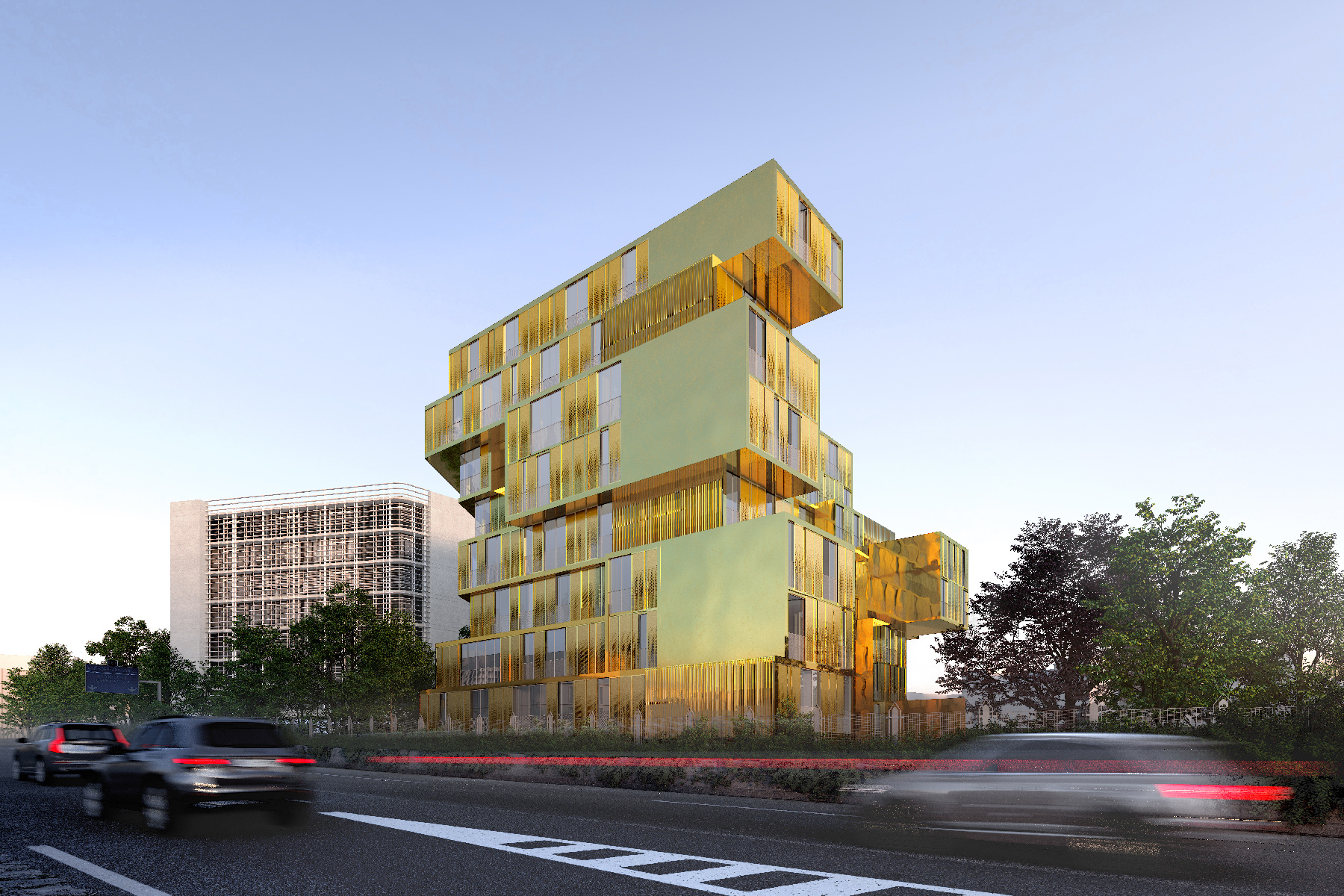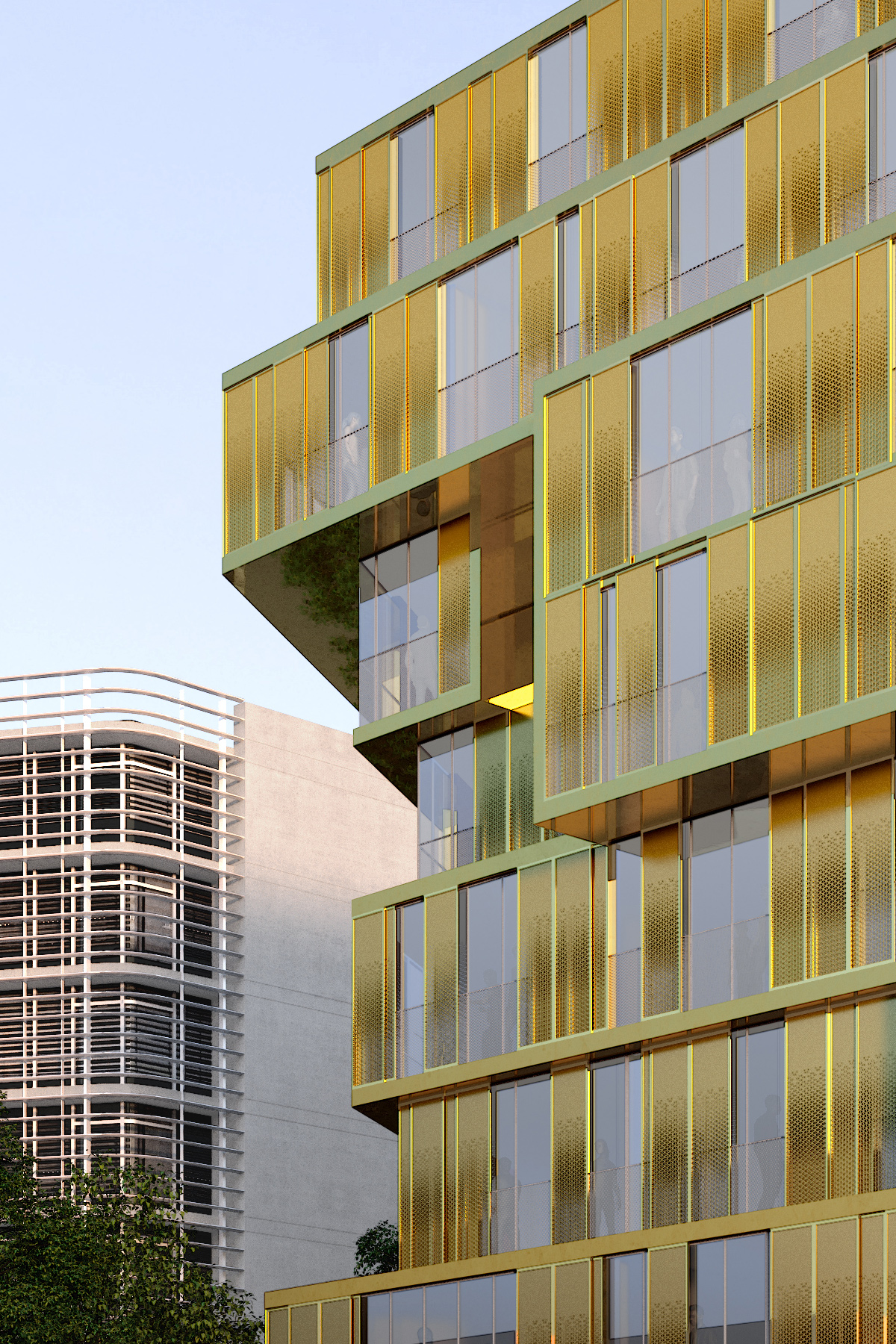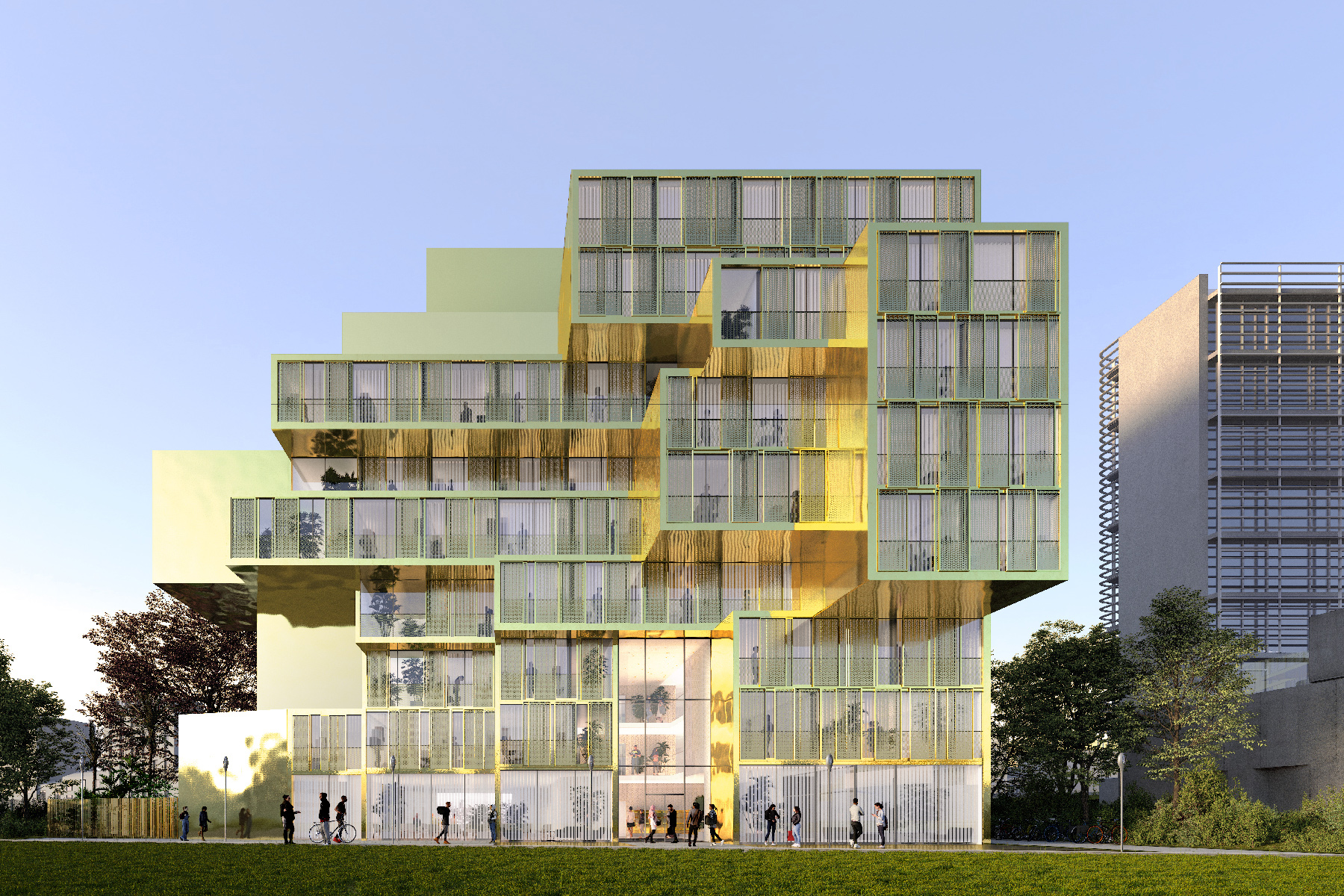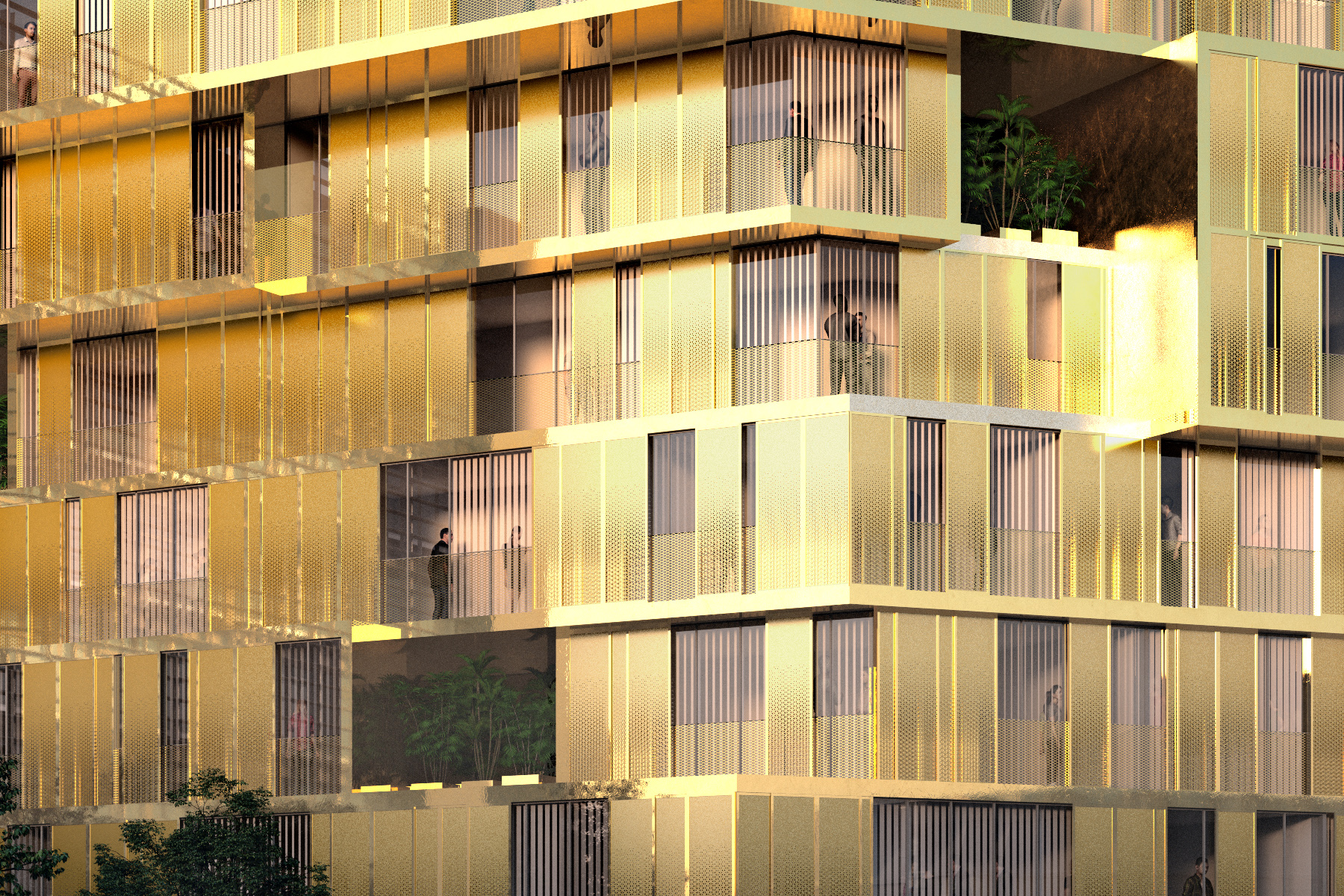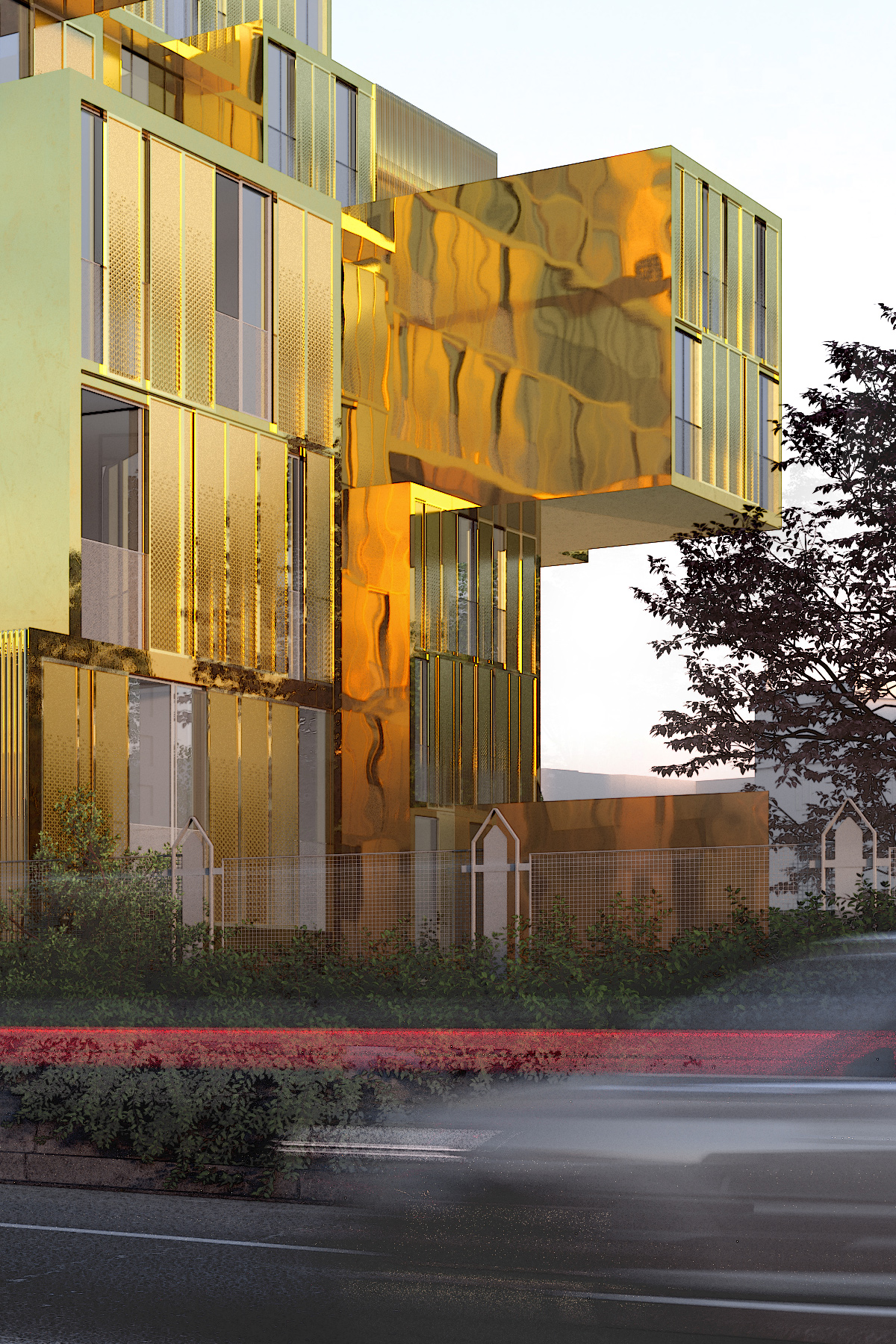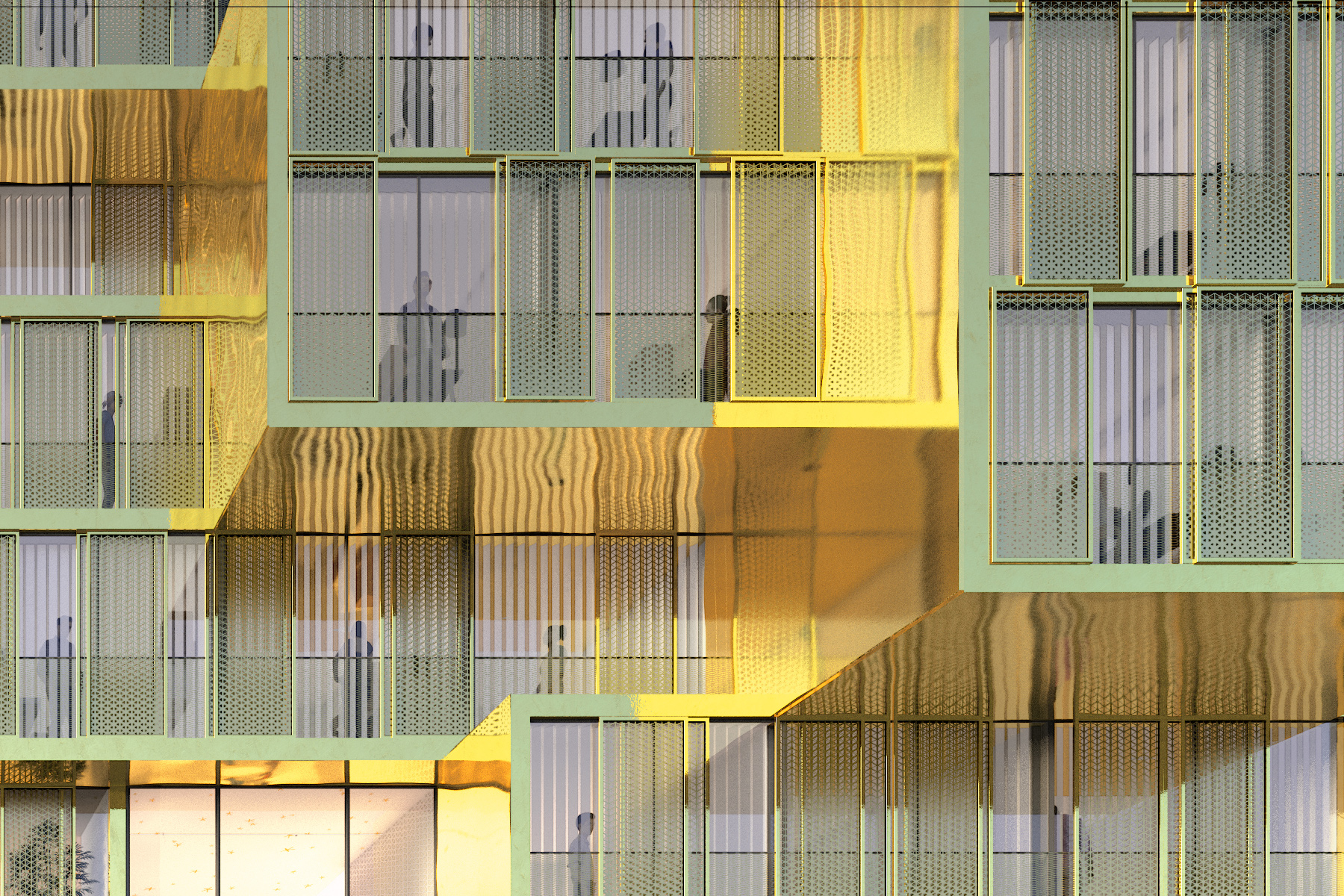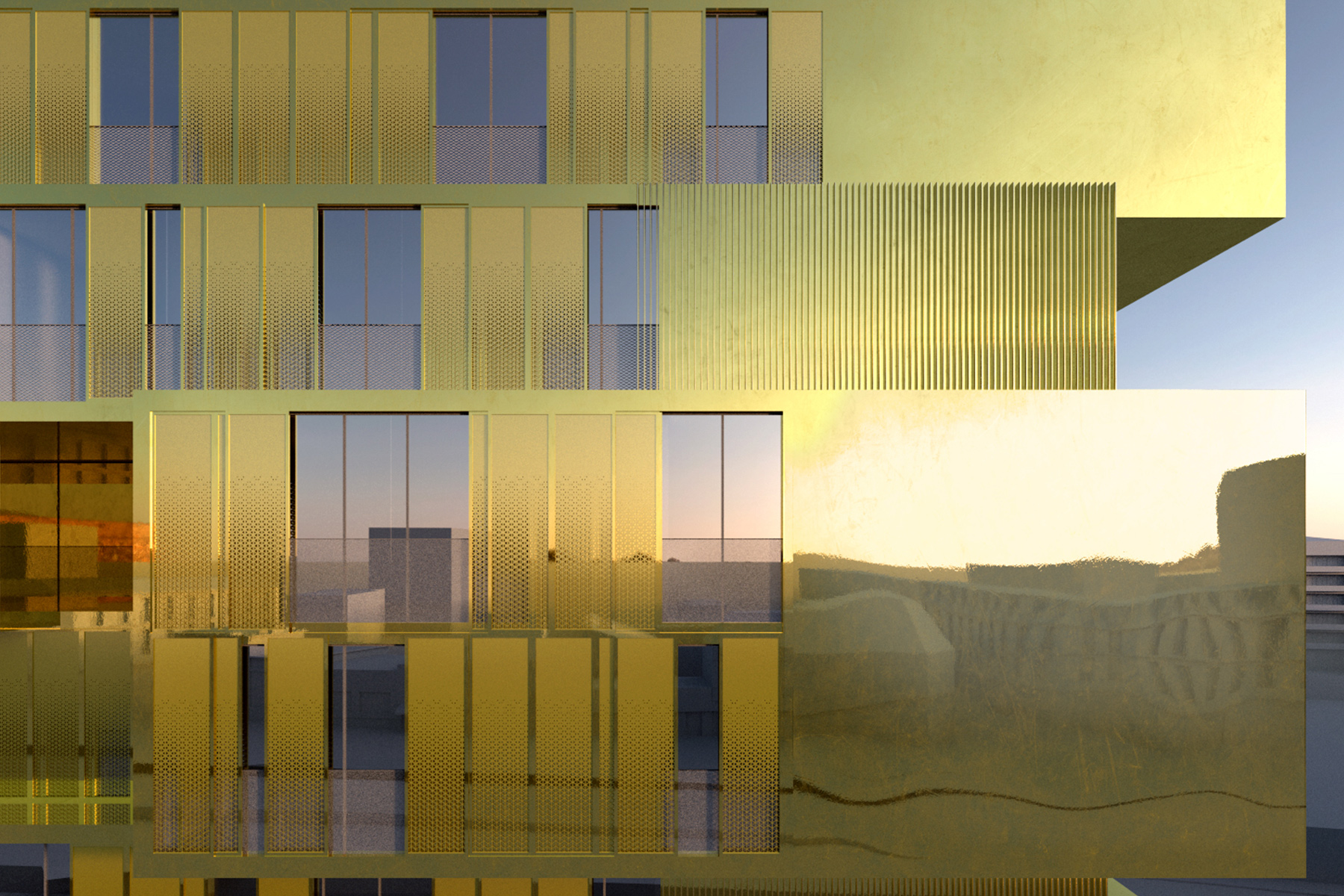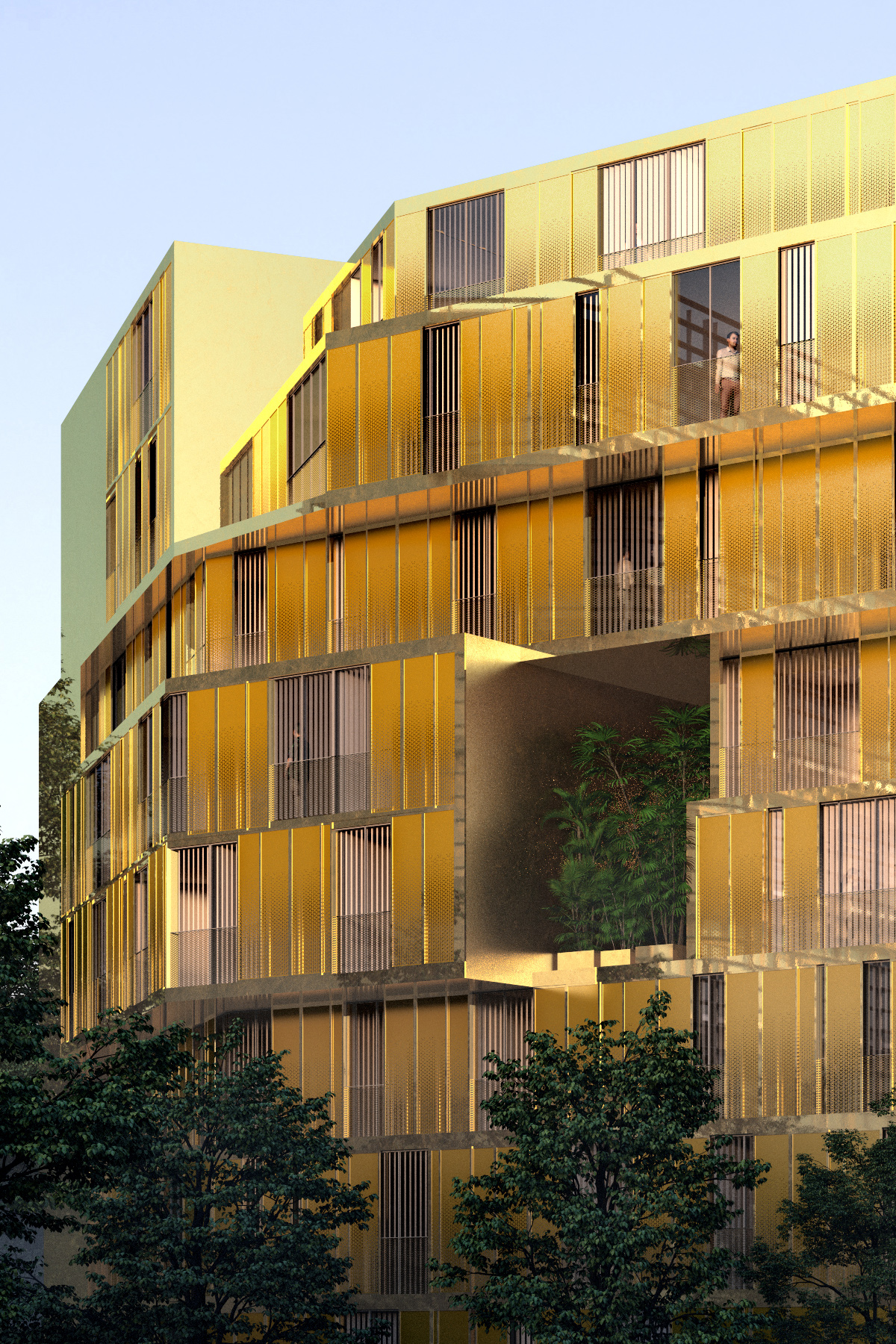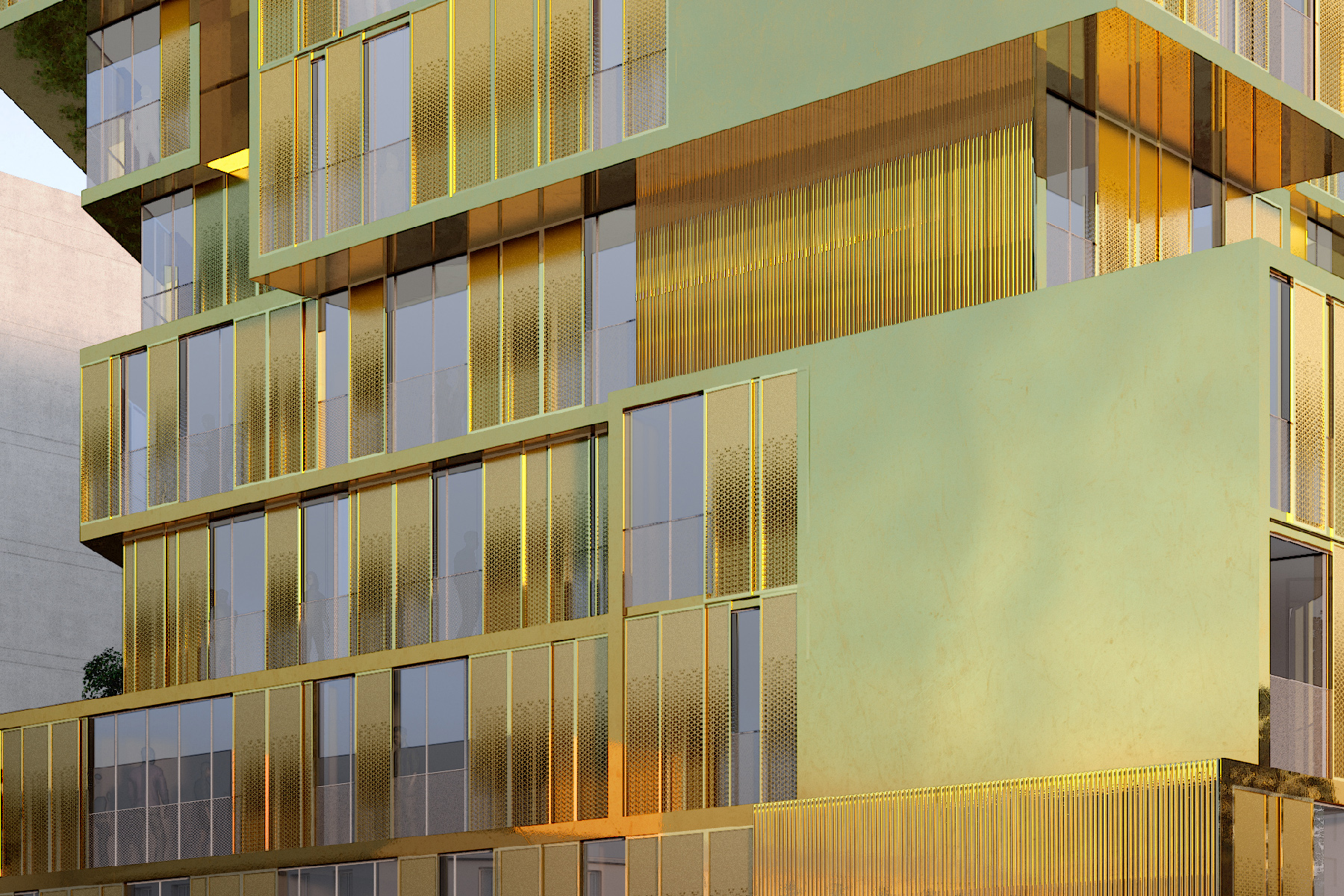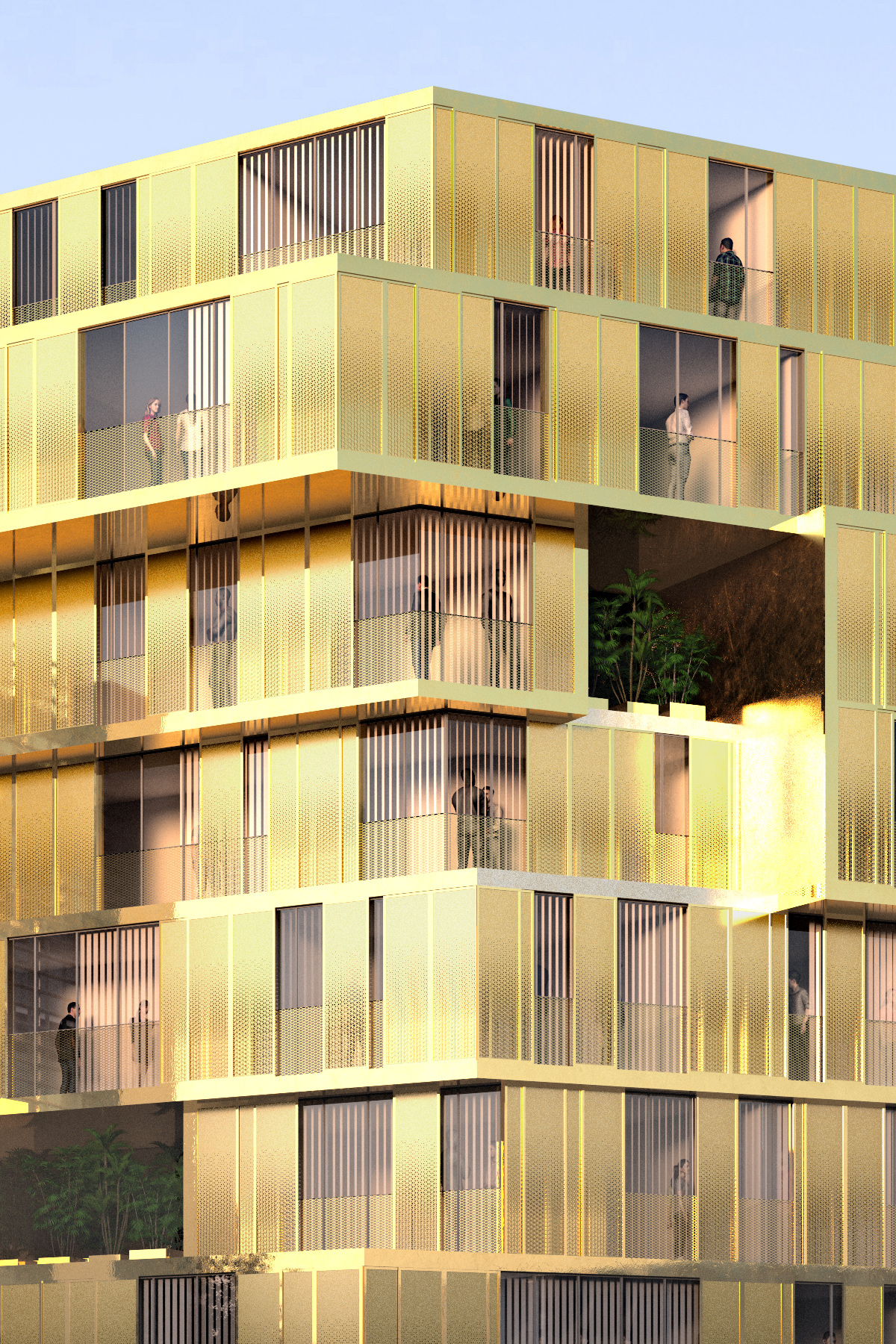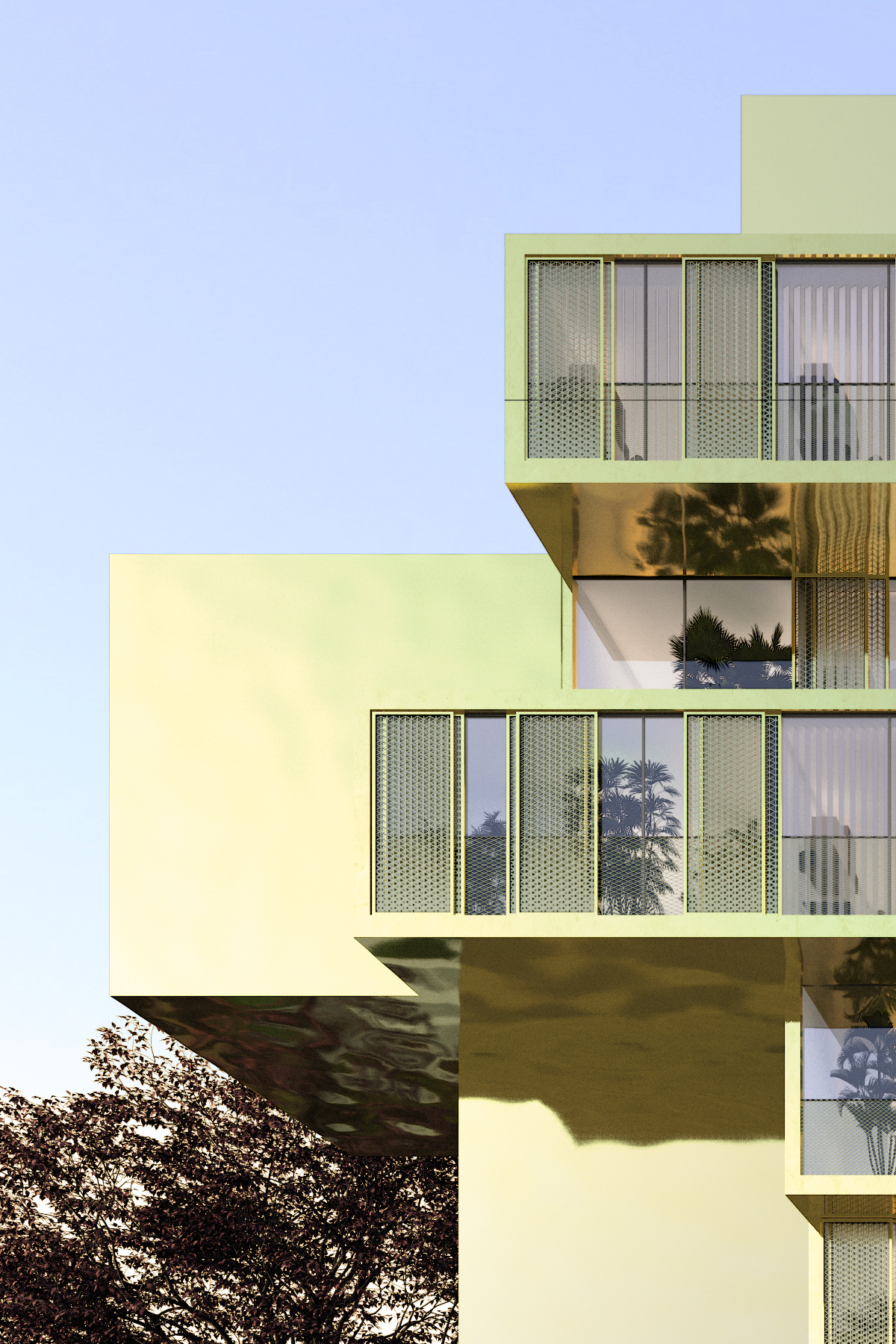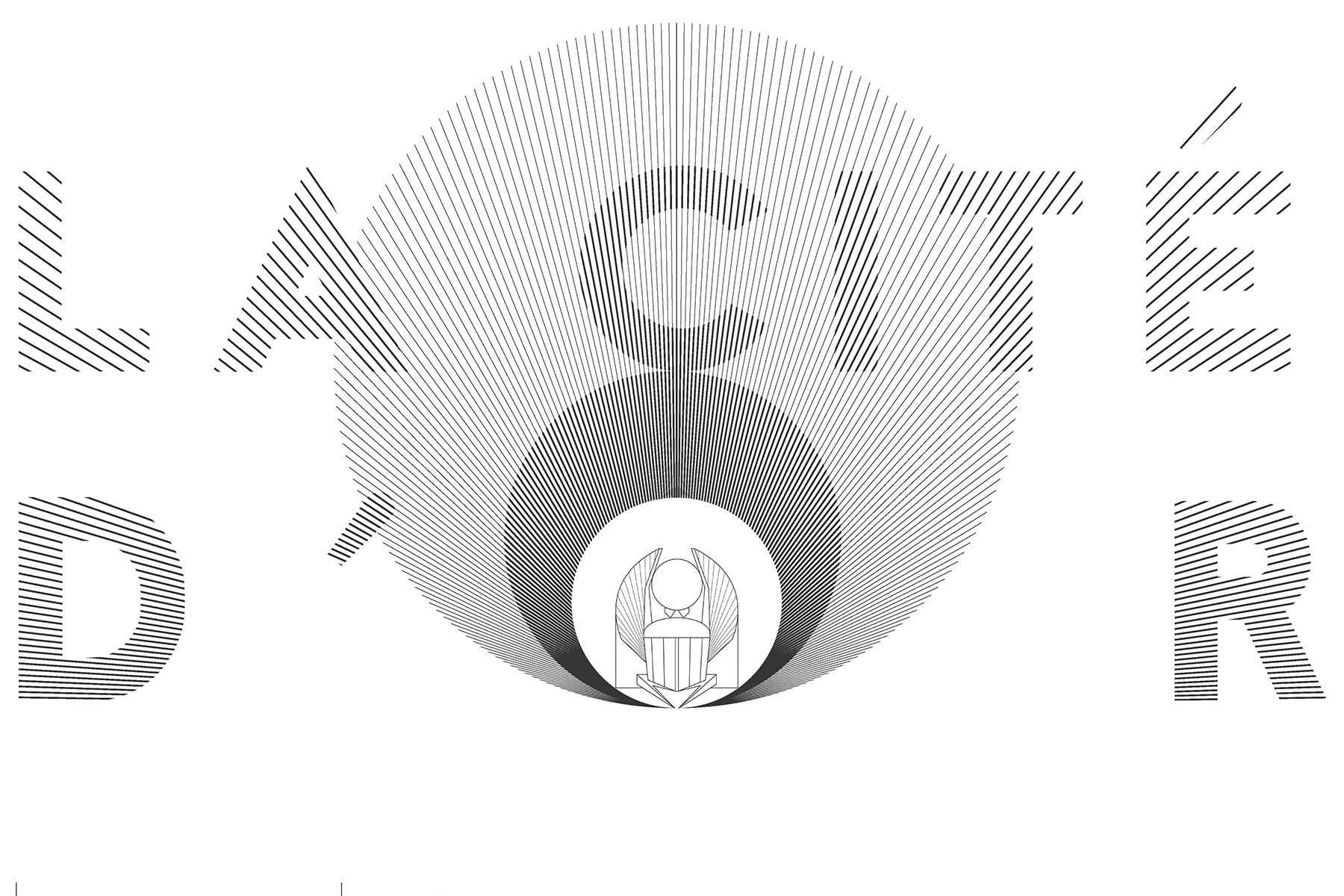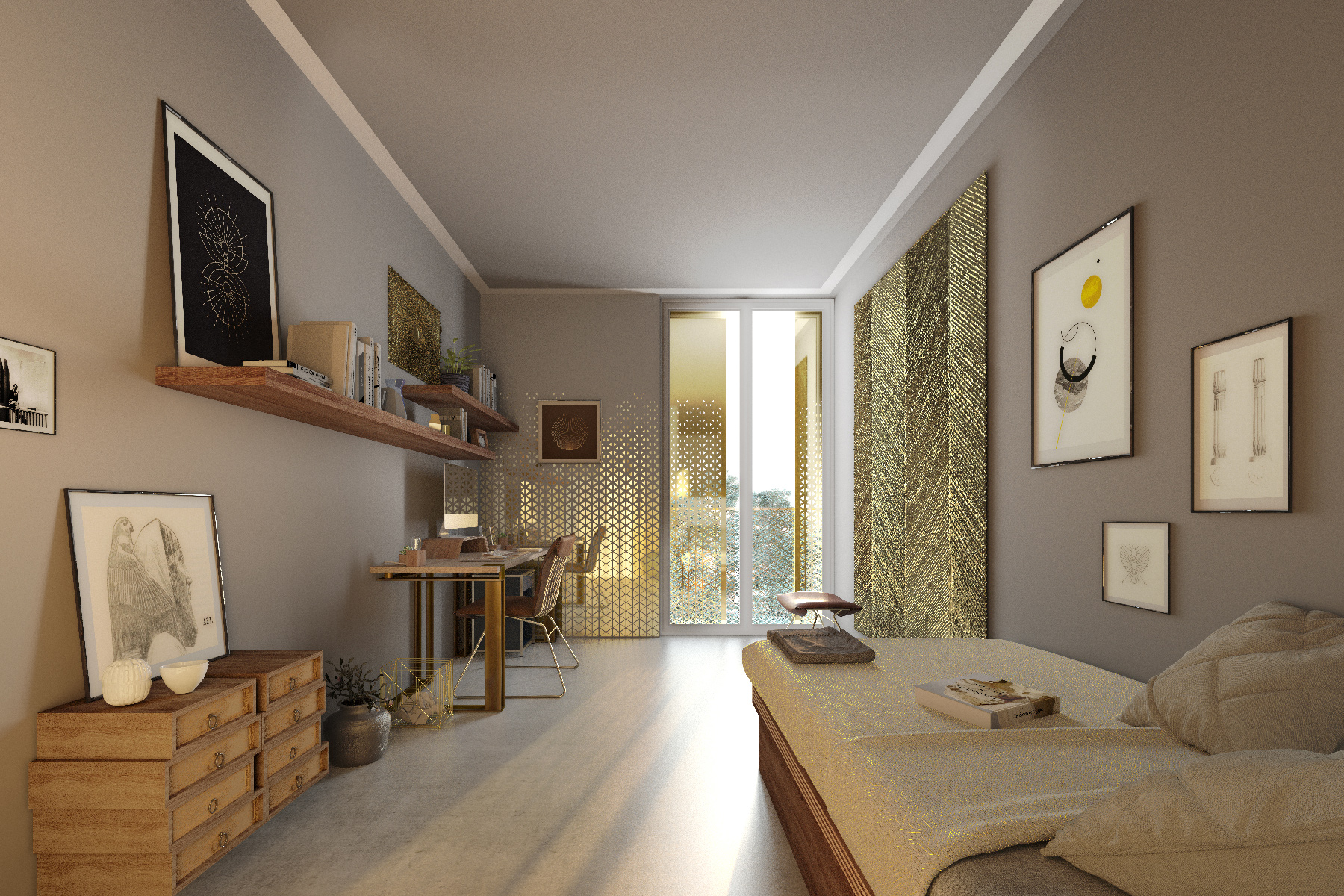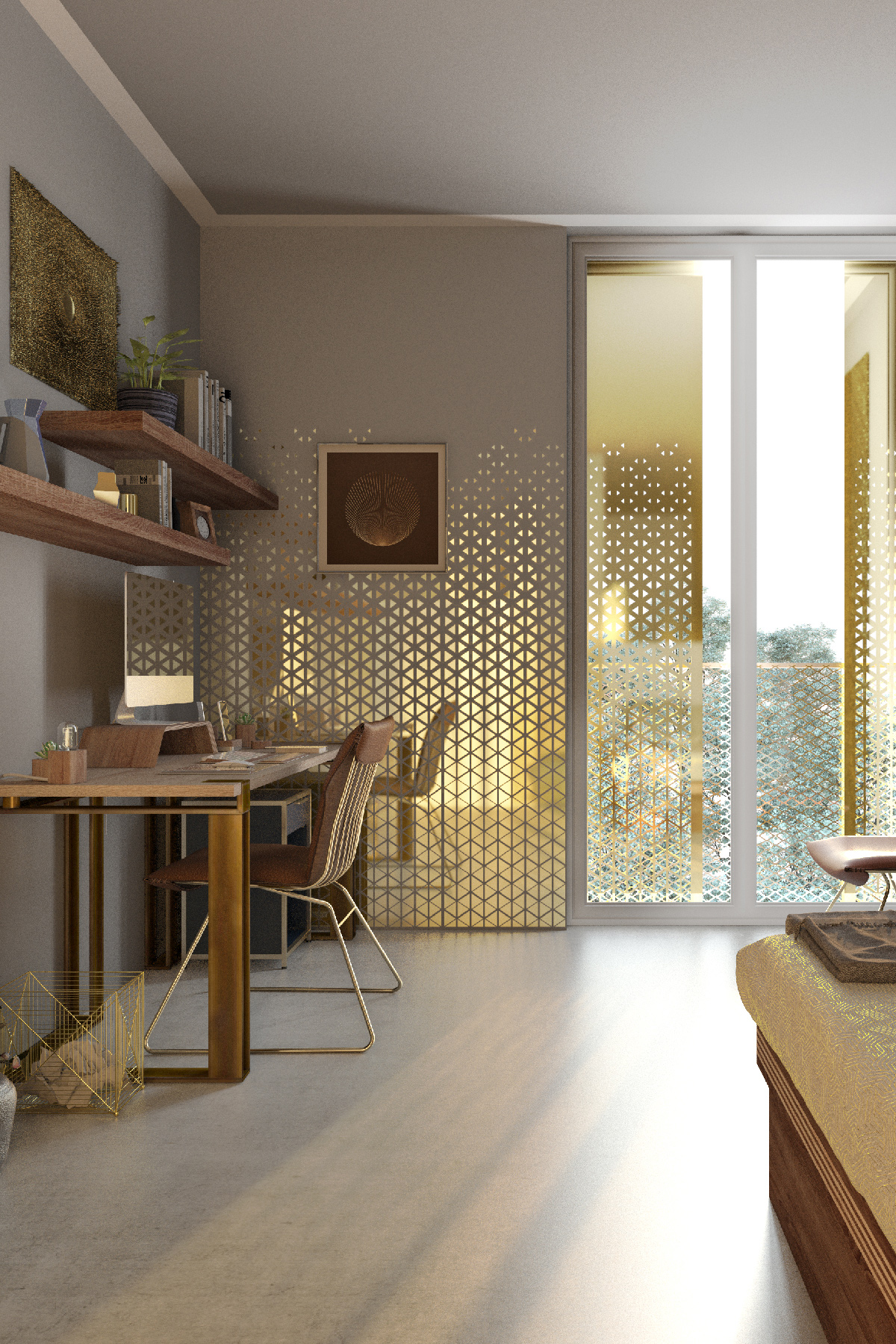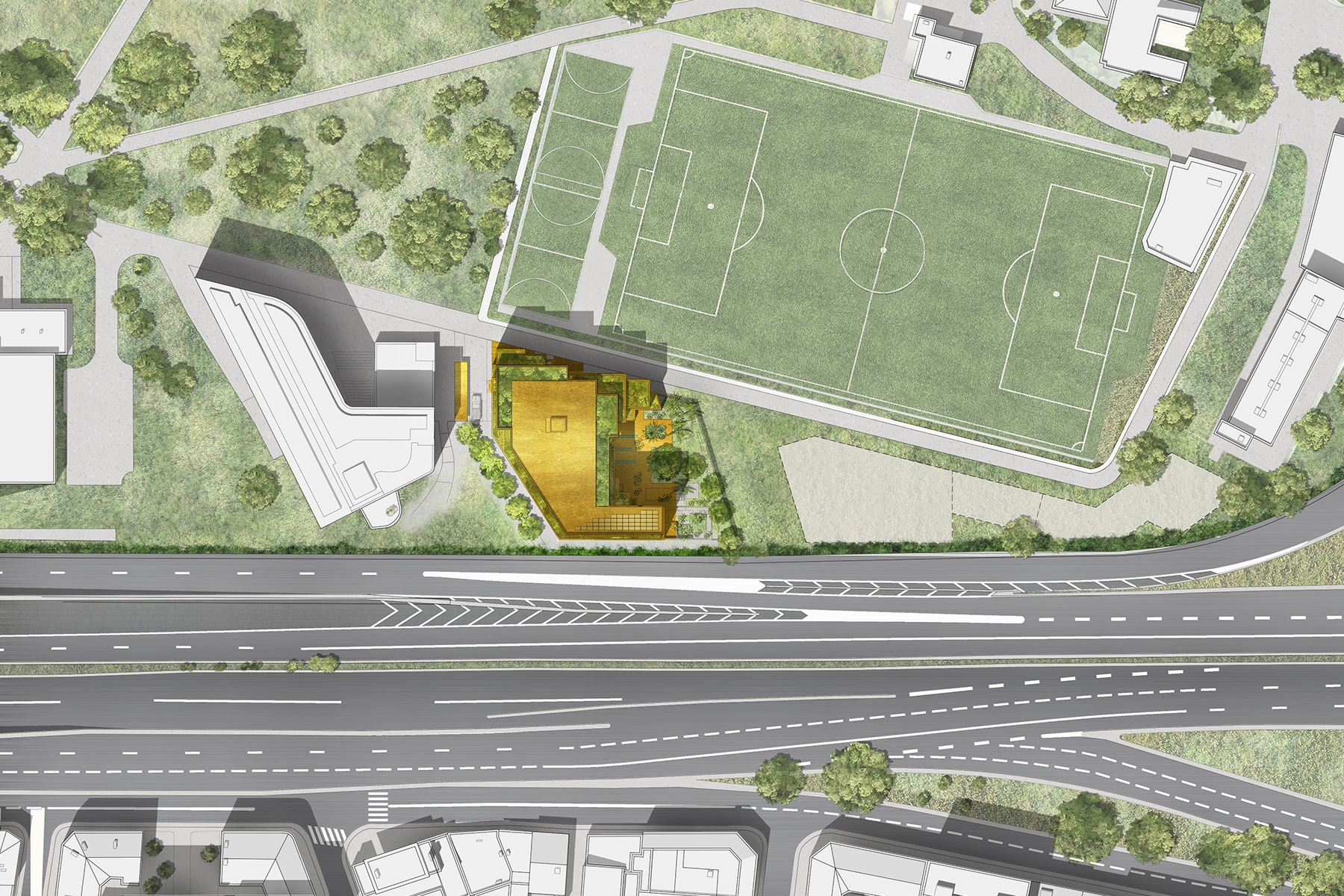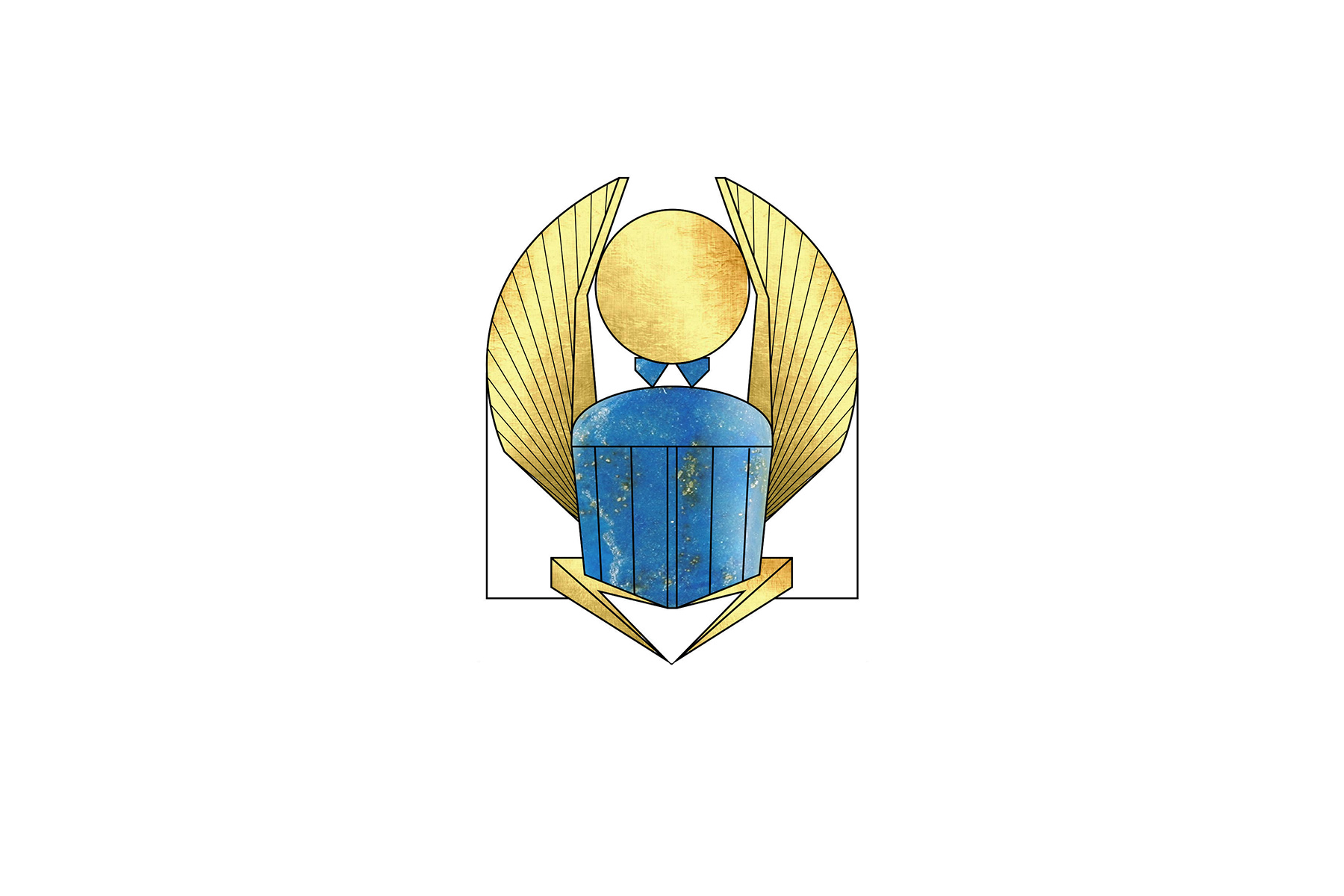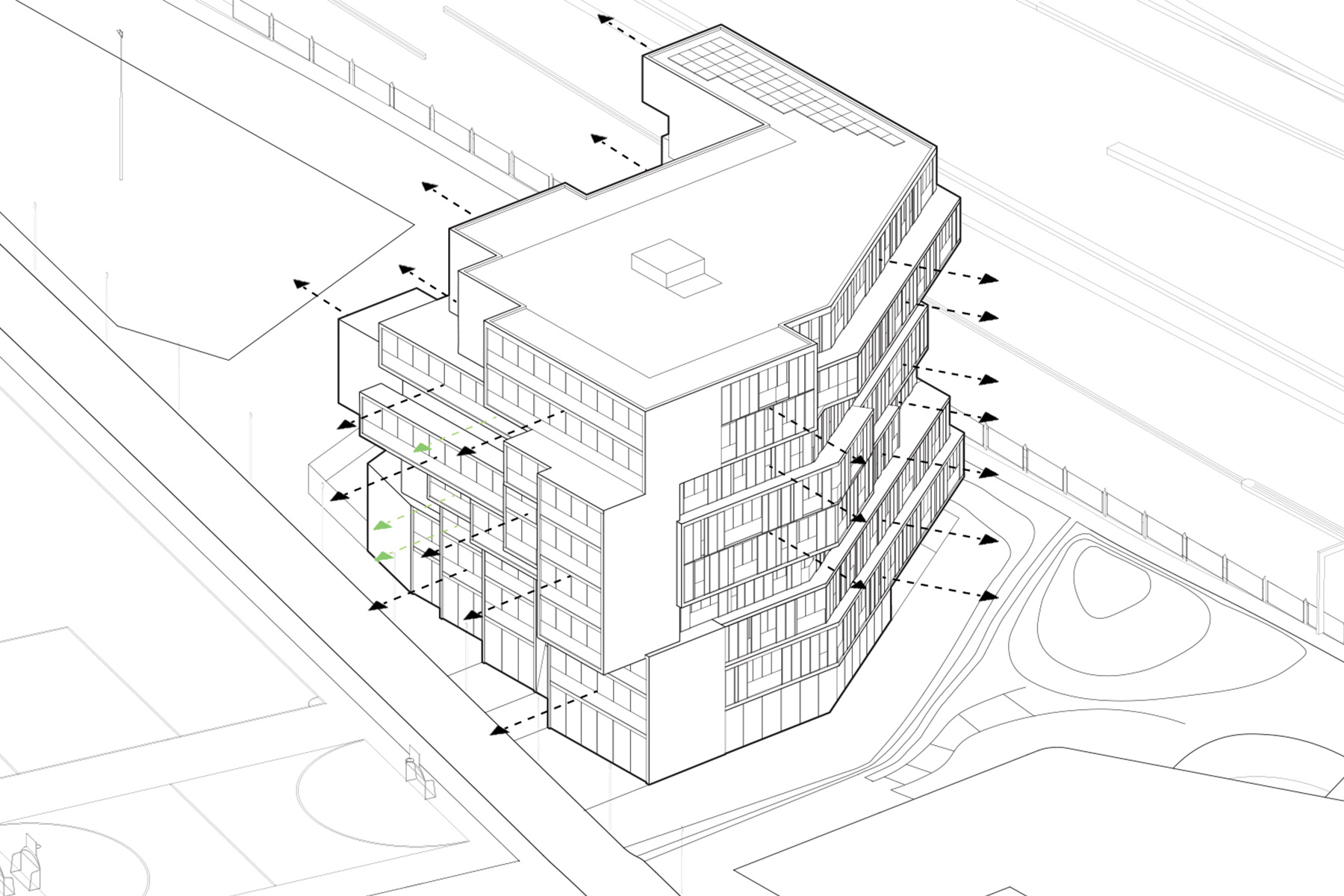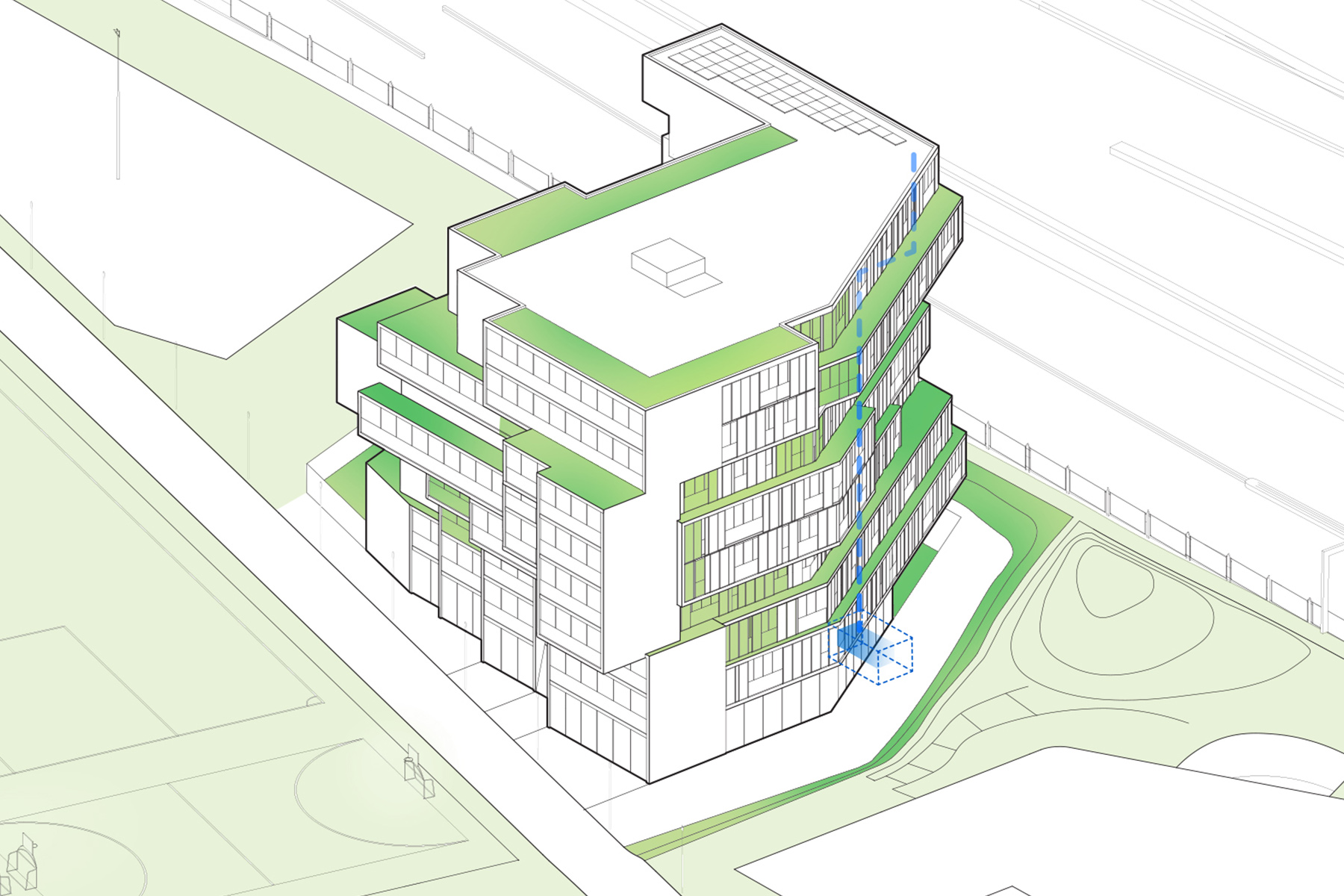“GOLDEN CITY” LA MAISON D’EGYPTE IN PARIS
Student housing at la Cité Internationale Universitaire de Paris
A building that unify all the Egyptian identities.
Golden City is a collective housing for Egyptian students in Paris’s Cité Internationale Universitaire. Also known as “La Maison d’Egypte,” this building aims to be an emblematic vector of Egyptian culture, which is a rich blend of both Arabic and African influences. To understand all those multiple identities, we need to go back in time and travel to Egypt’s predynastic period, when the land was inhabited by tribal groups and autonomous clans. Progressively, these territorial ruptures would become multiple Sepats, lately called Nomes by the Greeks.
These Nomes were the administrative districts of Ancient Egypt; Upper and Lower Egypt had a total of 42 Nomes registered until the Ptolemaic period. In these provinces there is, for example, the Nome of the White Wall (Memphis, Saqqarah), the Nome of Scepter (Thebes), the Nome of the Country of Nubia (whose principal cities are Philae, Elephantine, Kom Ombo), the Nome of the Fortress (Nekhen, El Kab) amongst others.
The genesis of the project was born from the desire to embrace this complexity. By thinking of the project as federation of different identities, we created a physical and symbolic representation of the forty-two provinces of ancient Egypt; the building features forty-two megalithic prefabricated blocks representing the unique breadth of Egyptian identity.
The concept is defined in a transversal way throughout the experience; within the building, we aim to transliterate an interior territorial landscape where each province is represented by its respective local crafts, furniture, sculpture, and decorative arts. Lighting, graphic identity, objects, and paintings are specific to each of the areas, and each is provided with its own totemic emblem: falcon, crocodile, cobra, gazelle, sycamore, etc.
Golden City is not a single building, but rather a functional superposition of territorial spaces, created with extra-large prefabricated blocks that aggregate and federate.
It is a representation of a new Egyptian identity in France, one at the crossroads of ancient history and modern culture, using physical, mystical, and timeless architecture. It is a journey through the regions and provinces of Egypt and also through time, where history and mythology merge with the most contemporary uses.
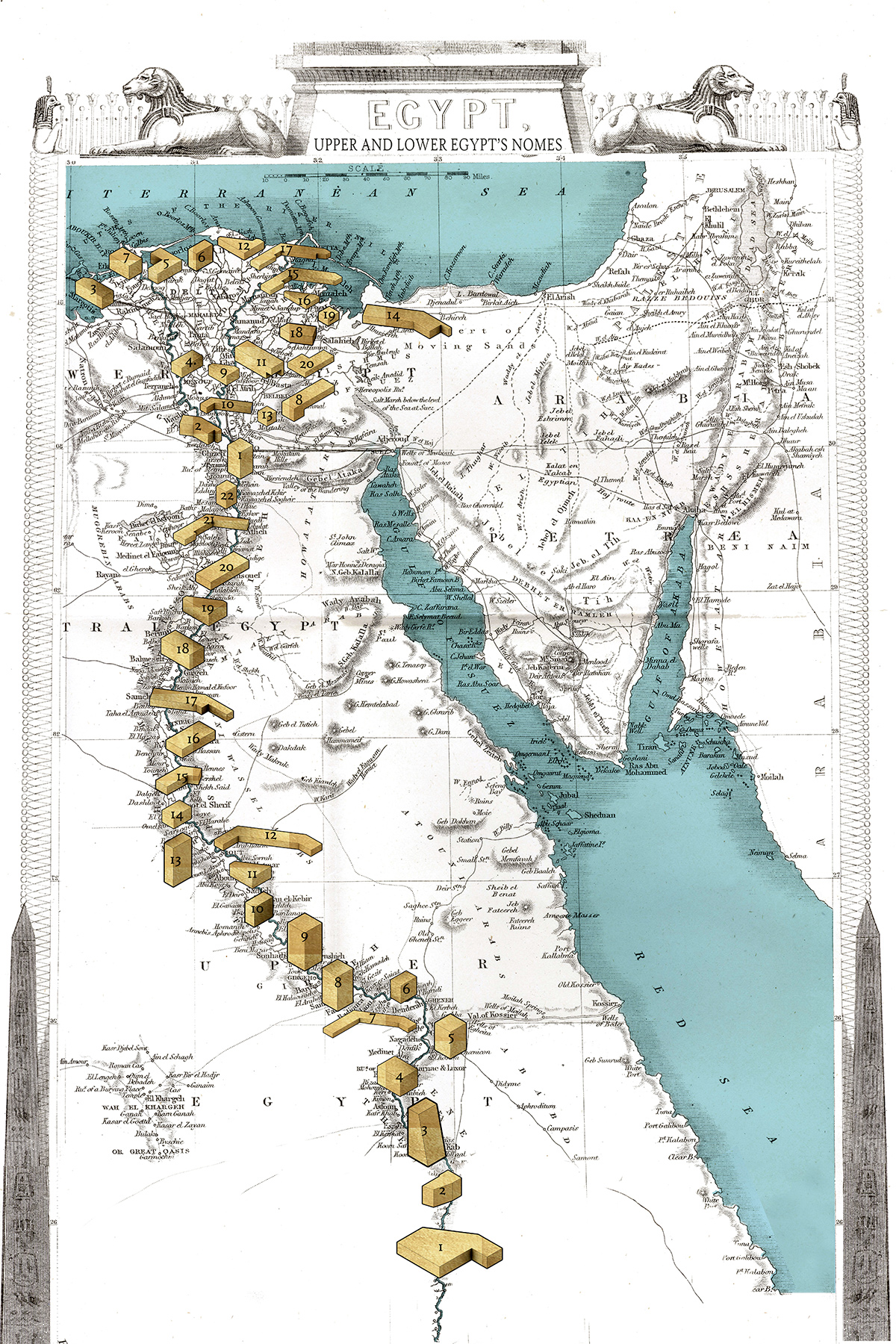
- Client: Egyptian Embassy in France
- State: Private Competition invitation October 2019
- Program: 250 Student Housing I Embassy reception
- Surface; 5000 m²
- Budget: 14,6 M€
- Localisation: Cité Internationale Universitaire de Paris
- Team: Studio Malka Architecture principal architect, Associated Consultants, Mercier
Landscape architect, Laurent Garbit graphist, Betom Ingénierie, Alternative Acoustique, Sterling Quest Economistes
